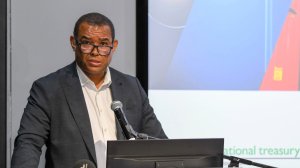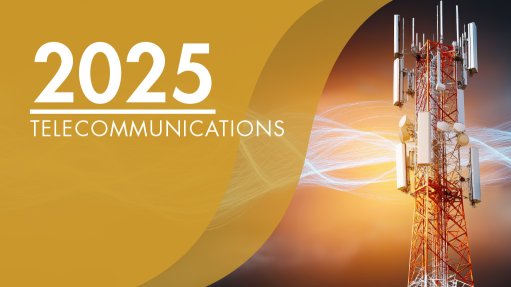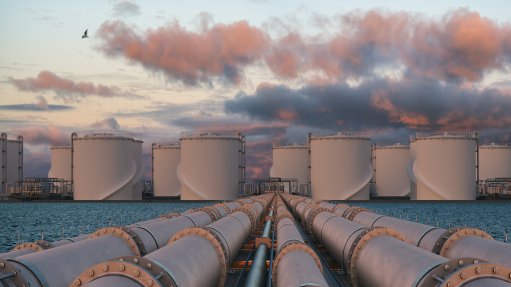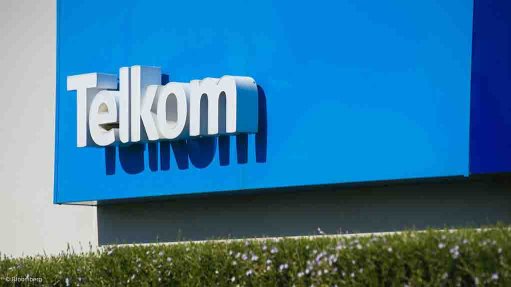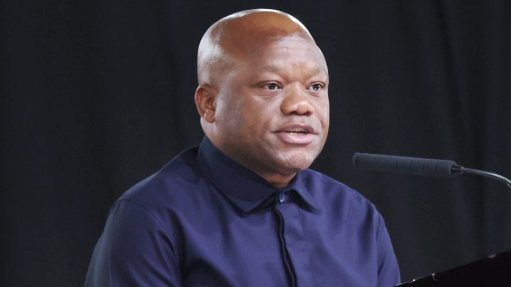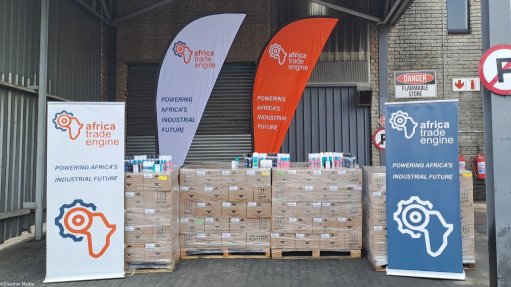Presidency official links reforms to lifting fixed investment to 20% of GDP
Raising gross fixed capital formation (GFCF) to between 18% and 20% of GDP is key to lifting growth to the 3% target, The Presidency’s project management office head Rudi Dicks argues. While also asserting that there are signs that Operation Vulindlela-linked reforms are starting to spur higher levels of capital investment in the economy.
Pressed during a PSG webinar to put a figure to the investments catalysed by Operation Vulindlela, Dicks stated that R500-billion had been unlocked mainly in the form of renewable-energy projects, but also in the areas of telecoms, transport and water.
However, he said raising GFCF from about 14% currently to 20% would involve yearly capital investments of R1.6-trillion, which would require a “significant jump” in both public and private investment spending.
While highlighting reform progress in the areas of electricity, logistics and water, Dicks stressed the importance of sustaining momentum, particularly in the implementation of reforms needed for “true competition” in areas traditionally dominated by State-owned companies, such as Eskom and Transnet.
This would require a full unbundling, he said, of the National Transmission Company South Africa (NTCSA) from Eskom in line with the five-year horizon set for the creation of the Transmission System Operator (TSO) in the Electricity Regulation Amendment Act.
In addition, the National Ports Authority should be finally unbundled from Transnet, while the Transnet Rail Infrastructure Manager should be fully independent of Transnet Freight Rail, with the sector overseen by an independent Transport Economic Regulator.
He acknowledged the “administrative complexities” with the unbundling processes, but said such vertical separation had to be implemented to stimulate private sector investment in these sectors and to facilitate competition.
“We've got to set up the administration process to ensure that the unbundling does happen,” he said, indicating that transaction advisers would be required and solutions would have to be found in relation to the debt covenant issues that had arisen.
Dicks made the statement against the backdrop of some concern about the pace and nature of the unbundling being pursued at Eskom in relation to the NTCSA, and major delays in the unbundling of the National Ports Authority.
In fact, the latest quarterly report on the implementation of Operation Vulindlela Phase 2 stated that several electricity reforms were facing implementation challenges and that interventions were required.
There was also some debate whether Eskom intended fully unbundling the NTCSA with its transmission assets, or whether some form of lease-back arrangement was being considered.
The quarterly Operation Vulindlela report listed the development of a detailed implementation plan for the establishment of the TSO “outside Eskom” as a key next step and set a deadline for completing the plan of March 2026. This, alongside the implementation of measures to ensure the functional independence of the NTCSA during the transition period.
The same deadline was set for the completion of preparatory work for the unbundling of the National Ports Authority from Transnet.
Dicks said that 2026 should also be the year when the South African Wholesale Electricity Market was established, the litigation-delayed private sector participation at the Durban Container Terminal proceeded, some private train operators entered the network and requests for proposals for private sector participation in rail and grid infrastructure were issued.
“These will be important indicators for us, and it will help build confidence when we see the hard investments actually being done.”
Dicks’ comments follow on from the Medium-Term Budget Policy Statement, which also placed significant emphasis on shifting government spending from consumption to capital investment, while also facilitating higher levels of private investment into public infrastructure.
While announcing a goal of investing R1-trillion into infrastructure over the coming three years, Finance Minister Enoch Godongwana said that capital payments would be the fastest-growing expenditure item over the coming three years, at 7.5%.
A new Infrastructure Finance and Implementation Support Agency would also be launched by March 2026 to provide project preparation support to supply the Budget Facility for Infrastructure (BFI) pipeline, and the National Treasury was preparing a minimum R15-billion infrastructure bond issuance for BFI projects.
Article Enquiry
Email Article
Save Article
Feedback
To advertise email advertising@creamermedia.co.za or click here
Comments
Press Office
Announcements
What's On
Subscribe to improve your user experience...
Option 1 (equivalent of R125 a month):
Receive a weekly copy of Creamer Media's Engineering News & Mining Weekly magazine
(print copy for those in South Africa and e-magazine for those outside of South Africa)
Receive daily email newsletters
Access to full search results
Access archive of magazine back copies
Access to Projects in Progress
Access to ONE Research Report of your choice in PDF format
Option 2 (equivalent of R375 a month):
All benefits from Option 1
PLUS
Access to Creamer Media's Research Channel Africa for ALL Research Reports, in PDF format, on various industrial and mining sectors
including Electricity; Water; Energy Transition; Hydrogen; Roads, Rail and Ports; Coal; Gold; Platinum; Battery Metals; etc.
Already a subscriber?
Forgotten your password?
Receive weekly copy of Creamer Media's Engineering News & Mining Weekly magazine (print copy for those in South Africa and e-magazine for those outside of South Africa)
➕
Recieve daily email newsletters
➕
Access to full search results
➕
Access archive of magazine back copies
➕
Access to Projects in Progress
➕
Access to ONE Research Report of your choice in PDF format
RESEARCH CHANNEL AFRICA
R4500 (equivalent of R375 a month)
SUBSCRIBEAll benefits from Option 1
➕
Access to Creamer Media's Research Channel Africa for ALL Research Reports on various industrial and mining sectors, in PDF format, including on:
Electricity
➕
Water
➕
Energy Transition
➕
Hydrogen
➕
Roads, Rail and Ports
➕
Coal
➕
Gold
➕
Platinum
➕
Battery Metals
➕
etc.
Receive all benefits from Option 1 or Option 2 delivered to numerous people at your company
➕
Multiple User names and Passwords for simultaneous log-ins
➕
Intranet integration access to all in your organisation




